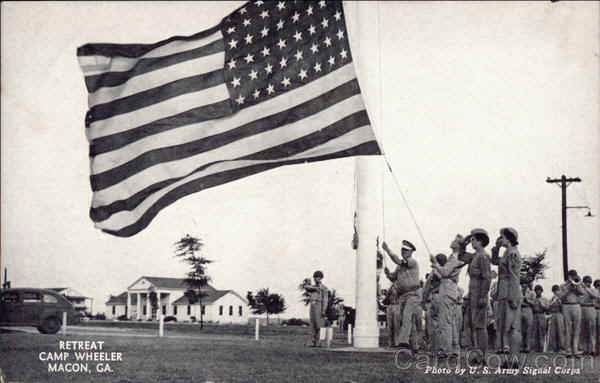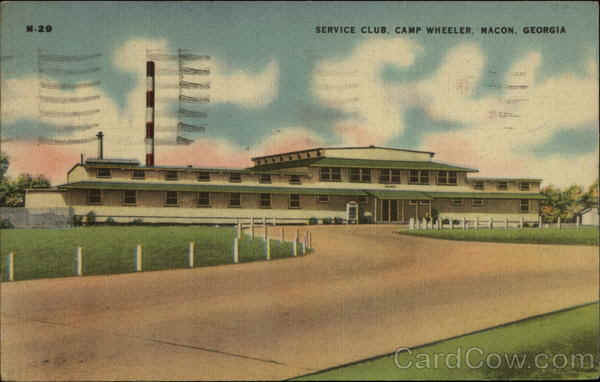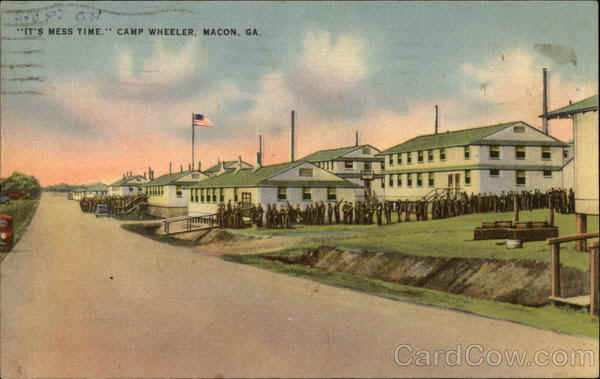|
JOSEPH CHARLES FECSKE Camp Wheeler Macon, Georgia 29 March 1907 to February 1983
History in Words and Photos
|
|||||||
|
THORNTON GENEALOGY PROJECT 2011 |
|||||||
|
http://georgiainfo.galileo.usg.edu/gahistmarkers/campwheelerhistmarker.htm
Camp Wheeler was an army training camp during 1917-19 and 1940-46. It was named for Joseph Wheeler (1836-1906), Confederate Lt. Gen. who was born in Augusta, Ga. The tent camp was established in 1917 after efforts of local businessmen brought Gen. Leonard Wood to Macon to inspect proposed sites. The 21,480 acre site chosen included Holly Bluff, the home of Harry Stillwell Edwards and formerly the plantation of Col. Andrew Jackson Lane, C.S.A., father of Mrs. Edwards. Major General F.J. Kernan became the first camp commander in August, 1917, and troop strength reached a high point of 28,960 in July, 1918. A cavalry remount depot was at nearby Mogul, and a range was at Phillips Station. The camp closed in April, 1919. The leased site was returned to its owners, and part later became Herbert Smart Airport. In 1940 Camp Wheeler was re-opened on 14,394 acres of the original site and was used as a training camp until December 1943. Colonel A.R. Emery was the first camp commander. Troop capacity was 25, 890. A 1,000 bed hospital and a prisoner-of-war camp were included in the new camp. Solders trained during 1941-43 totaled 218,000. After the war the camp was again dismantled and the leased land returned to its owners. 011-21 GEORGIA HISTORIC MARKER
1987 Note: the text above is transcribed directly from the historical marker itself, but it appears to be in error. People with actual experience at Camp Wheeler assure us that the base was in operation after December of 1943. |
|||||||
|
Camp Wheeler From Wikipedia, the free encyclopedia http://en.wikipedia.org/wiki/Camp_Wheeler
Camp Wheeler was a United States Army base near Macon, Georgia. The camp was a staging location for many US Army units during World War I and World War II. It was named for Joseph Wheeler, a general in the Confederate States of America's Army.[1] The War Department used the site area of Camp Wheeler as a mobilization center from 1917 to 1918. It was established on July 18, 1917 as a temporary training camp for National Guard units in federal service and consisted primarily of tents in a cantonment area for the 29,000 officers and enlisted men. The military closed the first Camp Wheeler on April 10, 1919.[2] The military used Camp Wheeler as an infantry replacement center from 1940 to 1945. The base was re-established on October 8, 1940, with construction beginning on December 21, 1940. Rather than being used to train entire units, the camp was an Infantry Replacement Training Center where new recruits received basic and advanced individual training to replace combat casualties. The camp was divided into three major portions: a cantonment area, a maneuver area, and a main impact area. At the height of the training effort, the camp contained 17,000 trainees and 3,000 cadre personnel. The camp was declared excess on January 19, 1946. Following a decontamination operation in the fall of 1946, the land was returned to the owners.[2] Among units that staged there was the 7th Infantry Division. A 1,000-bed hospital and a prisoner-of-war camp were included in the World War II camp.
|
|||||||
|
http://www.waymarking.com/waymarks/WM7F0W_Camp_Wheeler_Macon_Georgia
Camp Wheeler had a long a important history. It was a on
and off military camp for the US Army in both WW I and WW II. |
|||||||
|
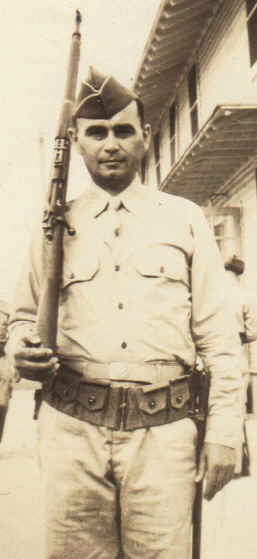
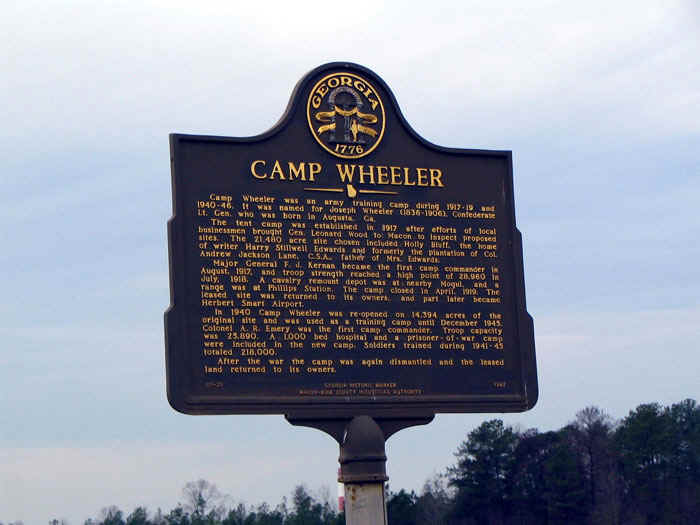

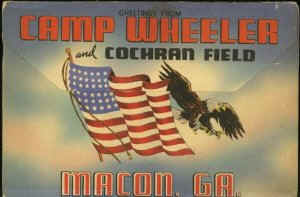
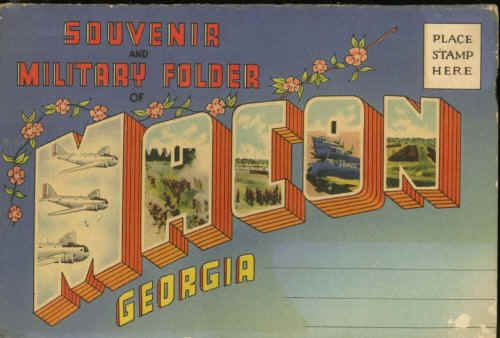


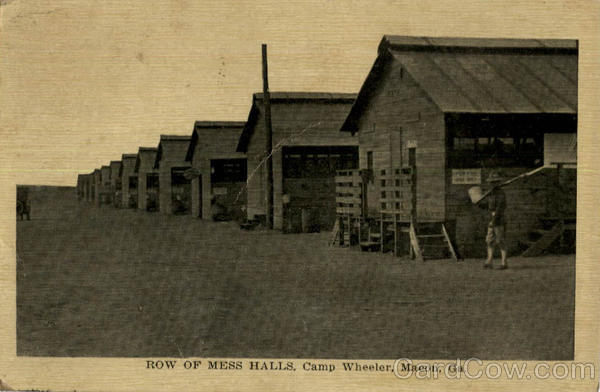 1925
1925
